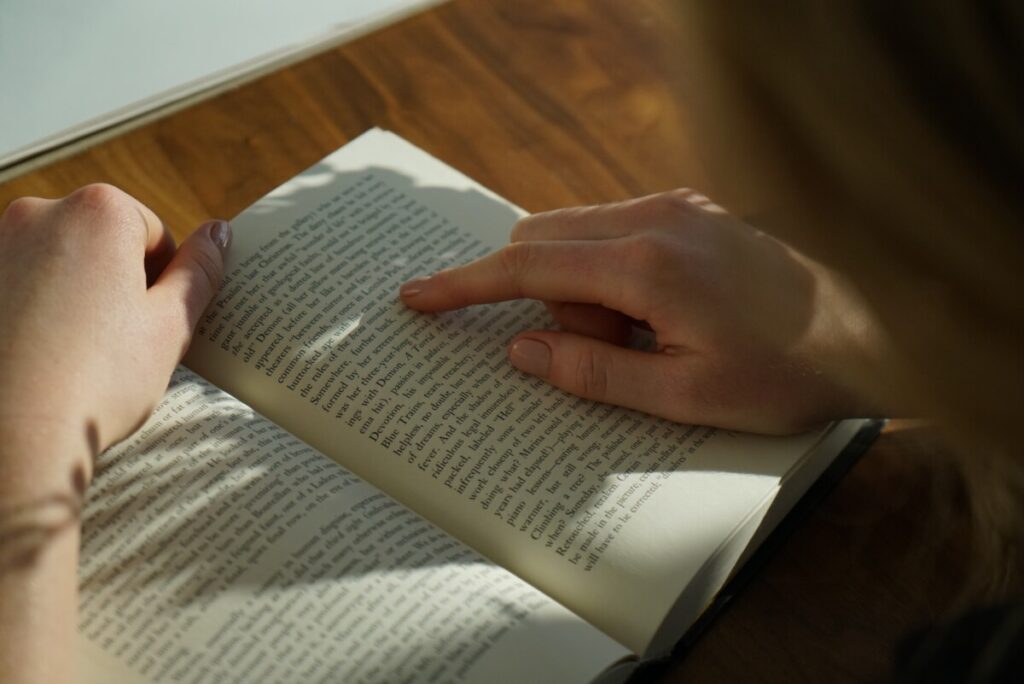
The Art of Slow Reading: Rediscovering Literature in the Digital Age
In our fast-paced digital age, the art of slow reading stands out as a meaningful counterbalance to the rapid consumption of information. Slow reading, characterized by a deliberate and thoughtful pace, offers profound benefits and insights. This practice not only enhances comprehension and enjoyment but also fosters a deeper connection with literature.
Slow reading is more than just a reduction in speed; it’s a mindful approach to literature that emphasizes engagement, contemplation, and appreciation. This method allows readers to immerse themselves deeply in the text, pondering over its nuances and savoring the language. It’s about forming a bond with the material, understanding its layers of meaning, and connecting intimately with the author’s world.
The benefits of slow reading:
- Enhanced Comprehension: Taking the time to read slowly enhances comprehension, especially with complex ideas and themes. This deeper understanding enriches the reading experience and fosters a more meaningful connection with the text.
- Increased Retention: It aids in better retention of information. The deliberate pace allows the brain to process and store material more effectively.
- Stress Reduction: Engaging with a book at a leisurely pace can be a meditative experience, reducing stress and providing a sense of calm in a hectic world.
- Improved Empathy: It allows readers to immerse themselves in different narratives, enhancing empathy and understanding.
Insights from the Literary World
Renowned authors and educators advocate for the importance of reading text slowly in our fast-paced digital environment. John Green speaks of the joy in lingering over a beautifully crafted sentence, while Maryanne Wolf emphasizes slow reading as a means to develop critical thinking skills.
Many readers describe this process as a transformative experience, allowing them to escape the relentless pace of the digital world. It reignites their love for literature and becomes a cherished part of their daily routine.

Slow Reading in Education
In educational settings, reading at a slow pace helps students learn the value of patience. It encourages them to take their time to understand and analyze texts, a skill that is invaluable in their academic and personal lives.
This also fosters critical thinking by allowing students to form their interpretations and insights. This process is crucial for developing independent thought and a deeper level of analysis.
Slow Reading in the Digital Realm
The digital age presents unique challenges for slow reading, with constant notifications and distractions. However, it also offers tools and platforms that can facilitate this practice, such as e-readers with built-in features to aid concentration.
While e-books offer convenience, there’s a growing appreciation for the tactile experience of physical books. Balancing digital and physical reading methods can enhance the experience.
The Therapeutic Aspect of Slow Reading
Slow reading can have therapeutic benefits, acting as a form of escapism and a method to manage anxiety and depression. It allows readers to disconnect from their worries and immerse themselves in a different world. It also aligns with the principles of mindfulness, encouraging readers to be present in the moment and fully engaged with the task at hand.
What The Future Holds
As we advance technologically, it’s crucial to preserve this practice. This might involve educational reforms, workshops, and public awareness campaigns to emphasize its importance. Instilling the habit of taking time while reading from a young age can ensure its continuation. Parents and educators can play a pivotal role in encouraging children to adopt this practice.


